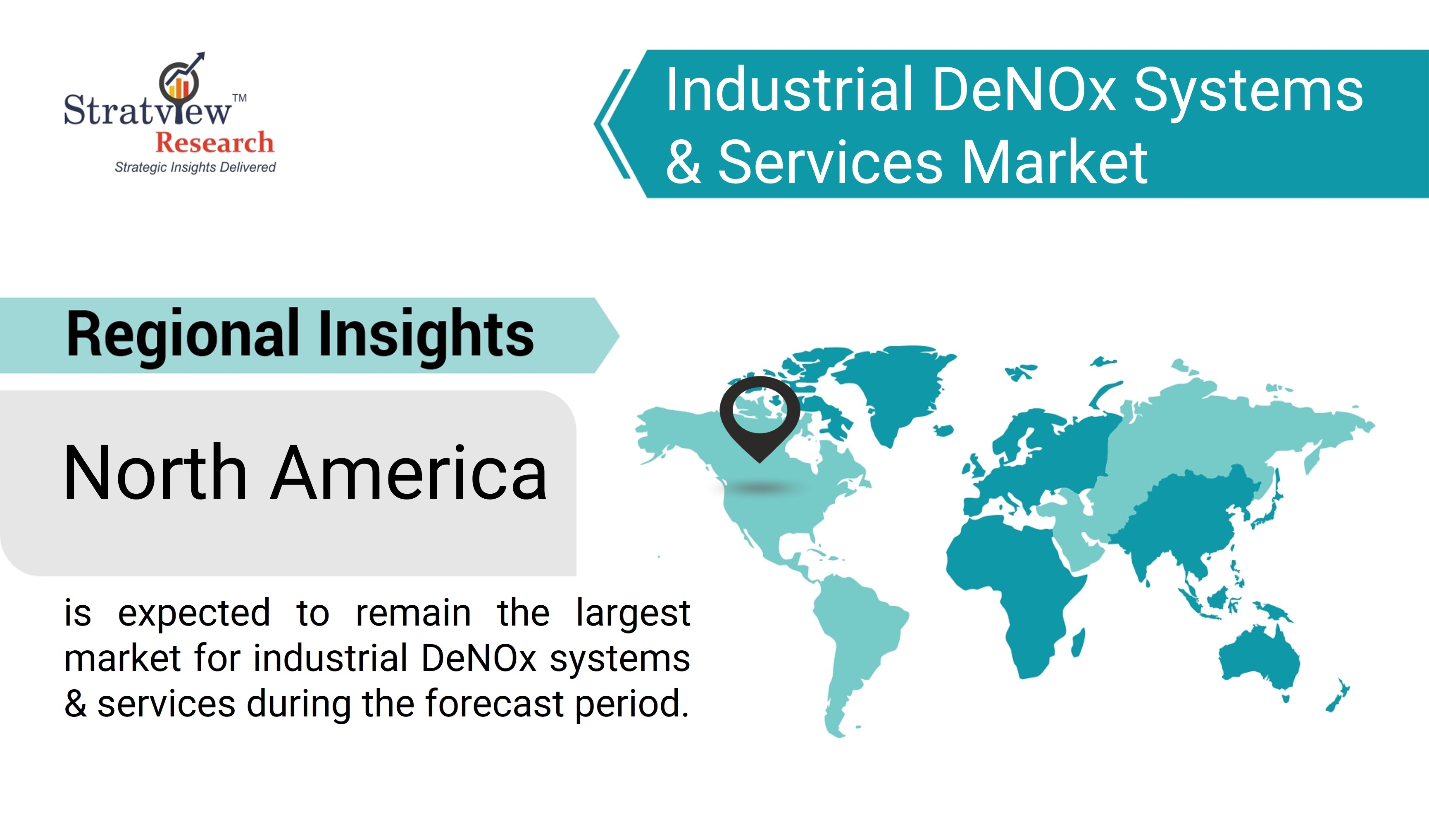DeNOx systems, designed to reduce nitrogen oxides (NOx) emissions from industrial processes, are vital for meeting environmental regulations and improving air quality. However, implementing these systems presents several challenges that must be addressed to ensure their effectiveness and efficiency. Here’s a closer look at the top challenges faced in deploying DeNOx systems in industrial applications.
According to Stratview Research, the industrial DeNOx systems & services market was estimated at USD 7.4 billion in 2023 and is likely to grow at a CAGR of 8.17% during 2024-2030 to reach USD 12.84 billion in 2030.
1. High Initial Costs
One of the primary obstacles in implementing DeNOx systems is the significant initial investment required. The cost of purchasing and installing these systems can be substantial, particularly for advanced technologies like Selective Catalytic Reduction (SCR). This financial burden can be a major hurdle for industries, especially small and medium-sized enterprises (SMEs) with limited budgets.
2. Operational and Maintenance Complexity
DeNOx systems, especially SCR and Selective Non-Catalytic Reduction (SNCR) systems, require sophisticated technology and precise control. This complexity can lead to challenges in operation and maintenance. Industries must invest in skilled personnel for operation and regular maintenance to ensure optimal performance and prevent system failures, adding to the overall cost and effort.
3. Integration with Existing Infrastructure
Integrating DeNOx systems into existing industrial infrastructure can be challenging. These systems must be adapted to fit with current processes and equipment, which may require modifications to the plant layout or process adjustments. Ensuring seamless integration without disrupting ongoing operations is a significant challenge for many industries.
4. Variable Emission Levels
Industrial processes often produce variable levels of NOx emissions depending on operational conditions. DeNOx systems need to be flexible and capable of handling these fluctuations effectively. Ensuring that the system can consistently meet regulatory requirements under varying conditions adds another layer of complexity to the implementation process.
5. Environmental and Regulatory Compliance
Meeting stringent environmental regulations and standards is crucial for DeNOx systems. Regulations can vary widely by region and industry, and keeping up with these changing requirements can be challenging. Ensuring that the DeNOx system complies with all relevant regulations and standards is essential but can be cumbersome.
6. Catalyst Life and Replacement
For SCR systems, the life span of the catalyst is a significant consideration. Catalysts can degrade over time and require replacement, which adds to the long-term operational costs. Managing catalyst performance and replacement schedules is crucial for maintaining the efficiency of the DeNOx system.
7. Energy Consumption
DeNOx systems, particularly those that utilize SCR technology, can consume considerable amounts of energy. This added energy requirement can increase operational costs and impact overall efficiency. Balancing the energy consumption of the DeNOx system with its emissions reduction benefits is a key challenge.
In conclusion, while DeNOx systems play a crucial role in reducing industrial NOx emissions and complying with environmental regulations, their implementation involves several challenges. High costs, operational complexity, integration issues, variable emission levels, regulatory compliance, catalyst management, and energy consumption are all factors that industries must carefully manage to successfully deploy and maintain effective DeNOx systems. Addressing these challenges requires careful planning, investment, and ongoing management to ensure the systems deliver their intended environmental and operational benefits.



